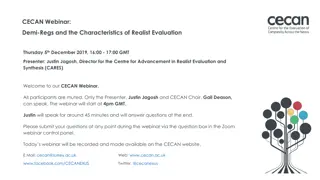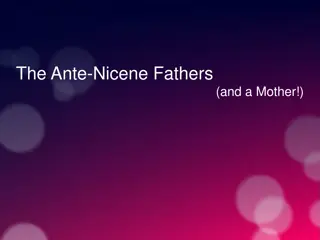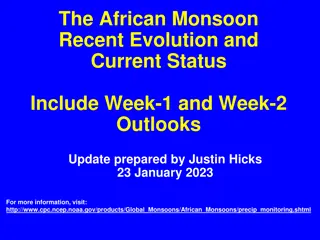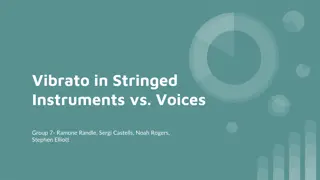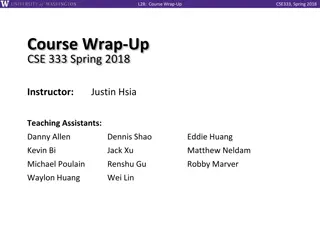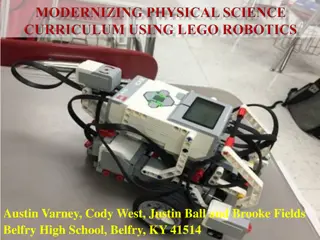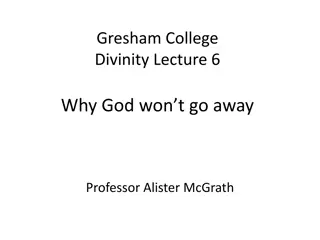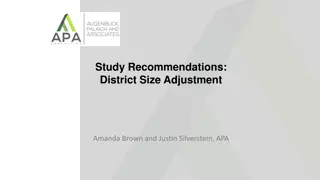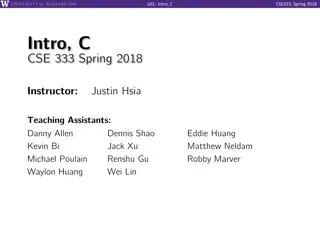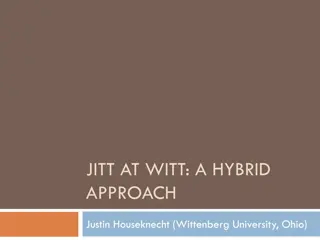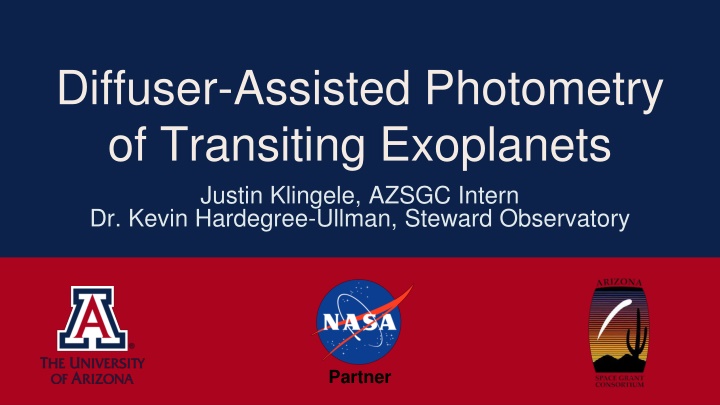
Optimizing Diffuser-Assisted Photometry for Exoplanet Exploration
"Explore the use of diffusers in transit photometry to enhance precision for exoplanet discovery with the 32 Schulman telescope. Learn about the methods, objectives, and results of diffuser application in astronomical research."
Download Presentation

Please find below an Image/Link to download the presentation.
The content on the website is provided AS IS for your information and personal use only. It may not be sold, licensed, or shared on other websites without obtaining consent from the author. If you encounter any issues during the download, it is possible that the publisher has removed the file from their server.
You are allowed to download the files provided on this website for personal or commercial use, subject to the condition that they are used lawfully. All files are the property of their respective owners.
The content on the website is provided AS IS for your information and personal use only. It may not be sold, licensed, or shared on other websites without obtaining consent from the author.
E N D
Presentation Transcript
Diffuser-Assisted Photometry of Transiting Exoplanets Justin Klingele, AZSGC Intern Dr. Kevin Hardegree-Ullman, Steward Observatory Partner
Introduction to Transit Photometry In around 1% of systems, exoplanets cross in front of their parent stars from our perspective on Earth. The technique of analyzing a star's brightness vs time is photometry. When applied to exoplanets we call this transit photometry. The plot of brightness versus time is called a light curve. Star Brightness Time
What is a diffuser? What does it do? Diffusers spread incoming light over many camera pixels. The shape incoming light makes on a camera detector is called its point spread function (PSF). Camera Narrow PSF No Diffuser Signal Pixels Diffuser Camera Broad PSF Signal Pixels
Q: Does a diffuser improve precision on small telescopes? Diffusers improve precision for large telescopes and bright targets. (Stef nsson, 2017) We wanted to apply this technique to smaller telescopes, such as the 32 Schulman telescope on Mt. Lemmon. Goal is to test application of diffusers for the Exoplanet Discovery and Exploration Network (EDEN) Project. Image Source: Mt. Lemmon Skycenter
Objectives Determine whether use of engineered diffuser successfully increases transit photometry precision. 1. Create a Python program to optimize filter, diffuser, and telescope combinations. 2. Test diffuser-assisted photometry on 32 Schulman telescope. Future Incorporate my diffuser code into EDEN system to predict whether a diffuser would be useful for a particular target.
Methods 1. Wrote code that would optimize a diffuser system for the 32 Schulman telescope. 2. Conducted several observation runs using a diffuser system. a. Alternated between diffused and non-diffused modes, producing two light curves per observing run to test diffuser performance. b. Performed photometric analysis using the EDEN image processing program.
Results Note: ARC 3.5m used as reference. Brighter : Fainter
Results Brighter than magnitude 14, Schott gg495 filter offers improved precision with diffuser. Suggests observing with diffuser for targets brighter than magnitude 14 and transit depth >1000 parts per million.
Interpretation of Results Diffuser system improves precision on this relatively small telescope. Observational results support theoretical predictions. Improvement in precision depends on target brightness and filter choice. Pre-observation planning should check target brightness and telescope setup to decide on use of diffuser-assisted photometry.
Acknowledgements Thanks to Dr. Kevin Hardegree-Ullman, Project Advisor Mt. Lemmon SkyCenter Travis Deyoe, Observatory Scheduling and Operations Dr. Gudmundur Stef nsson, Technical Advising EDEN Team Jeremy Dietrich, Data Processing Dr. Daniel Apai, Team Lead The University of Arizona Department of Astronomy and Steward Observatory Arizona Space Grant Consortium

